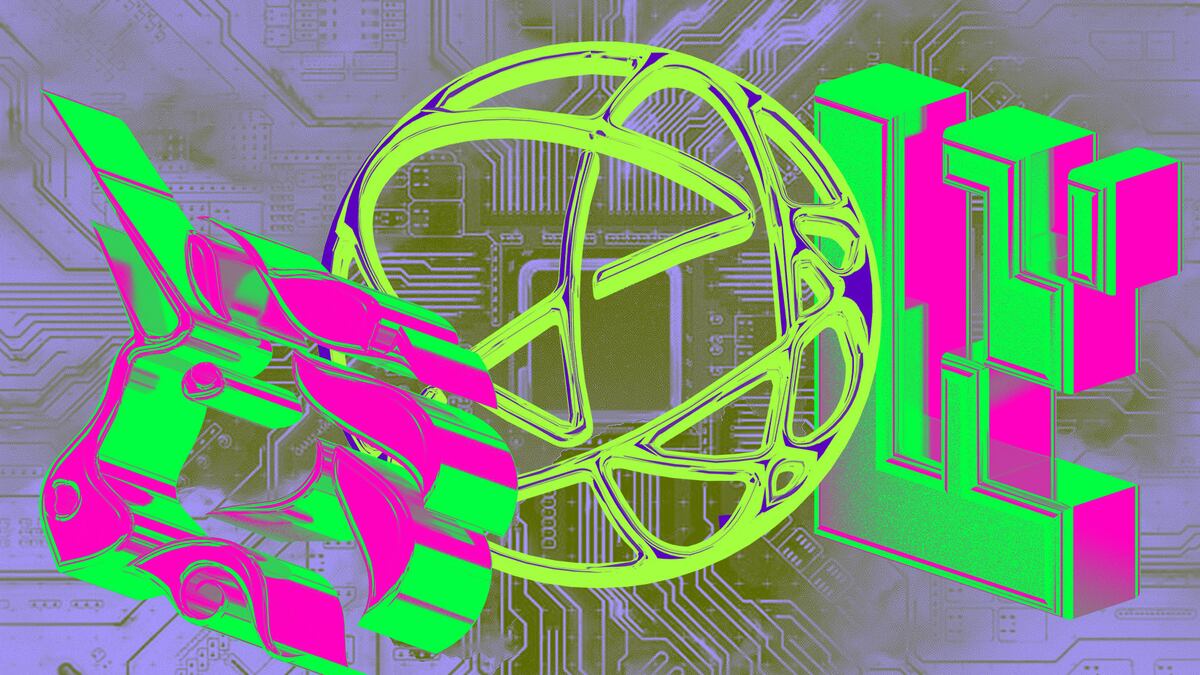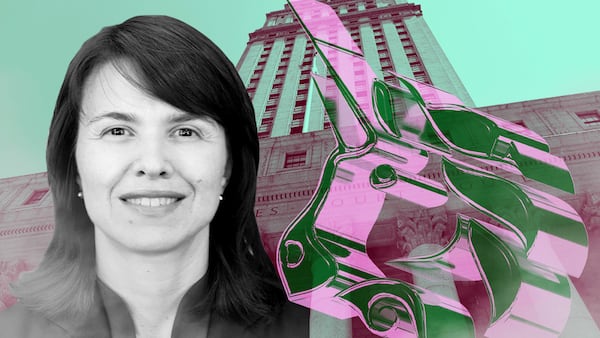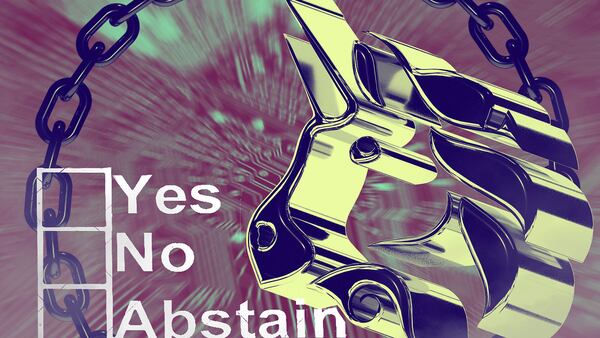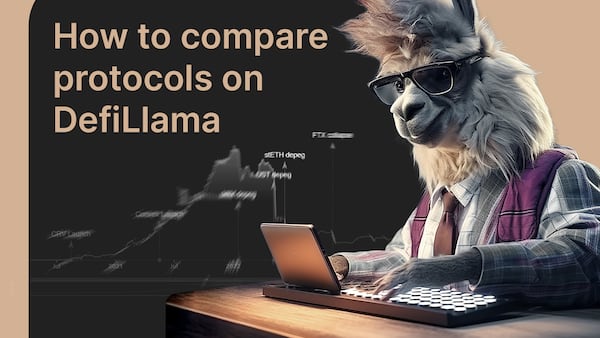- 2024 might be the dawn of KYC'd DeFi.
- Modularity is DeFi's new shiny toy.
- How many times can one Ether be staked?
Each year that goes by, the world of decentralised finance — which began in earnest in 2020 — becomes more and more complex.
What started out as a handful of simple Ethereum apps enabling users to swap or lend against tokens is now a sprawling metropolis of interconnected protocols, each clawing to capture as much of the $52 billion DeFi market as possible.
Making sense of it all is hard — even more so now that the DeFi ecosystem is spread out over more than 200 different blockchains.
To help make sense of the latest trends in DeFi, DL News has identified key developments that are sure to make waves in 2024.
Uniswap’s ‘Hooks’ let developers make custom features—like KYC
Back when Uniswap first revealed its new Hooks function as part of Uniswap v4, onlookers immediately warned that it could be used to create liquidity pools with compliance requirements, such as know-your-customer checks.
Some DeFi puritans said Hooks were antithetical to the founding principles of DeFi — namely its permissionless nature.
But others argue that permissioned Uniswap pools may benefit DeFi by removing the very real fear among institutions of inadvertently interacting with entities sanctioned by the US Office of Foreign Assets Control through DeFi protocols.
As Uniswap is the furthest along in providing optional KYC functionality via Hooks, such a development should reinforce the protocol’s moat and competitiveness, said VanEck.
If permissioned DeFi does start to gain traction with traditional financial players, Uniswap Hooks will likely be where it starts.
EigenLayer will make Ethereum more modular
In recent years, Ethereum has grown beyond the confines of the main Ethereum network and now encompasses more than a dozen so-called layer 2 blockchains, too.
While these layer 2 chains offer vastly reduced fees and faster transactions, they also introduce a significant problem: a fracturing of Ethereum’s trust network because transaction validation happens outside of the Ethereum mainnet.
Validation involves checking if transactions conform to the blockchain’s rule.
While layer 2s ultimately send all transactions that happen on them back to the Ethereum mainnet for finality, they require an outside validation network to do so. Finality is when validated transactions are rendered irreversible on the blockchain.
Currently, the companies building layer 2s handle this validation themselves in a centralised manner. But most, if not all, have expressed a desire to decentralise their validation as much as possible.
That’s where much-hyped protocols like EigenLayer come in.
EigenLayer will let the blockchains built on top of Ethereum, as well as other protocols like decentralised oracle networks, tap back into mainnet validation for their various validation needs.
The desired result is a more efficient and aligned validation system that covers not just the main Ethereum chain but also everything else that relies on it for transaction validation.
If EigenLayer becomes successful, Ethereum should start to resemble modular blockchains like Cosmos, Celestia or Polkadot but with a much more decentralised validation network. Modular blockchains work by separating network functions into special layers instead of their monolithic counterparts like Bitcoin and Ethereum that try to handle all functions on one layer.
EigenLayer has also taken things beyond validation. It’s also working on EigenDA, a way to help layer 2s scale by providing extra data availability.
It is fair to say that EigenLayer’s full launch could be the spark that reignites interest in Ethereum and its many layer2 networks in 2024.
For investors, EigenLayer offers a tantalising prospect by letting them restake their staked Ether, thus offering even more yields. But restaking has also caused some anxiety among the Ethereum community.
Ethereum co-founder Vitalik Buterin has warned restaking, if constructed poorly, could threaten the network’s stability.
Echoing Buterin, JPMorgan analysts are also wary that that restaking may lead to a “cascade of liquidations if a staked asset drops sharply in value.”
EigenLayer founder Sreeram Kannan told DL News in May that he understands the fear and the project moves cautiously.
Big names set to launch on Celestia
EigenLayer isn’t the only project offering the magic combination of modularity and data availability.
Celestia is doing the same, but instead of operating through a set of smart contracts on Ethereum, it uses a purpose-built blockchain.
Rather than having to create a validation network themselves, blockchains can build on or migrate to Celestia to benefit from the validation and data availability provided by the project’s main blockchain.
So far, only a handful of blockchains — or settlement layers — have been deployed on Celestia. But some big names are set to deploy in 2024.
Berachain, which raised $42 million in its April Series A, is likely the most well-known among DeFi natives. But lesser-known projects, like Neutrino and Layer N, shouldn’t be overlooked.
A number of existing infrastructure projects such as cross-chain bridge Axelar, Optimism’s OP Stack, and the Cosmos SDK framework have also opted to integrate with Celestia.
With so much potential, Celestia’s growing ecosystem will likely be one of the biggest stories of the coming year.
Tim Craig is DL News’ Edinburgh-based DeFi Correspondent. Reach out with tips at tim@dlnews.com.









